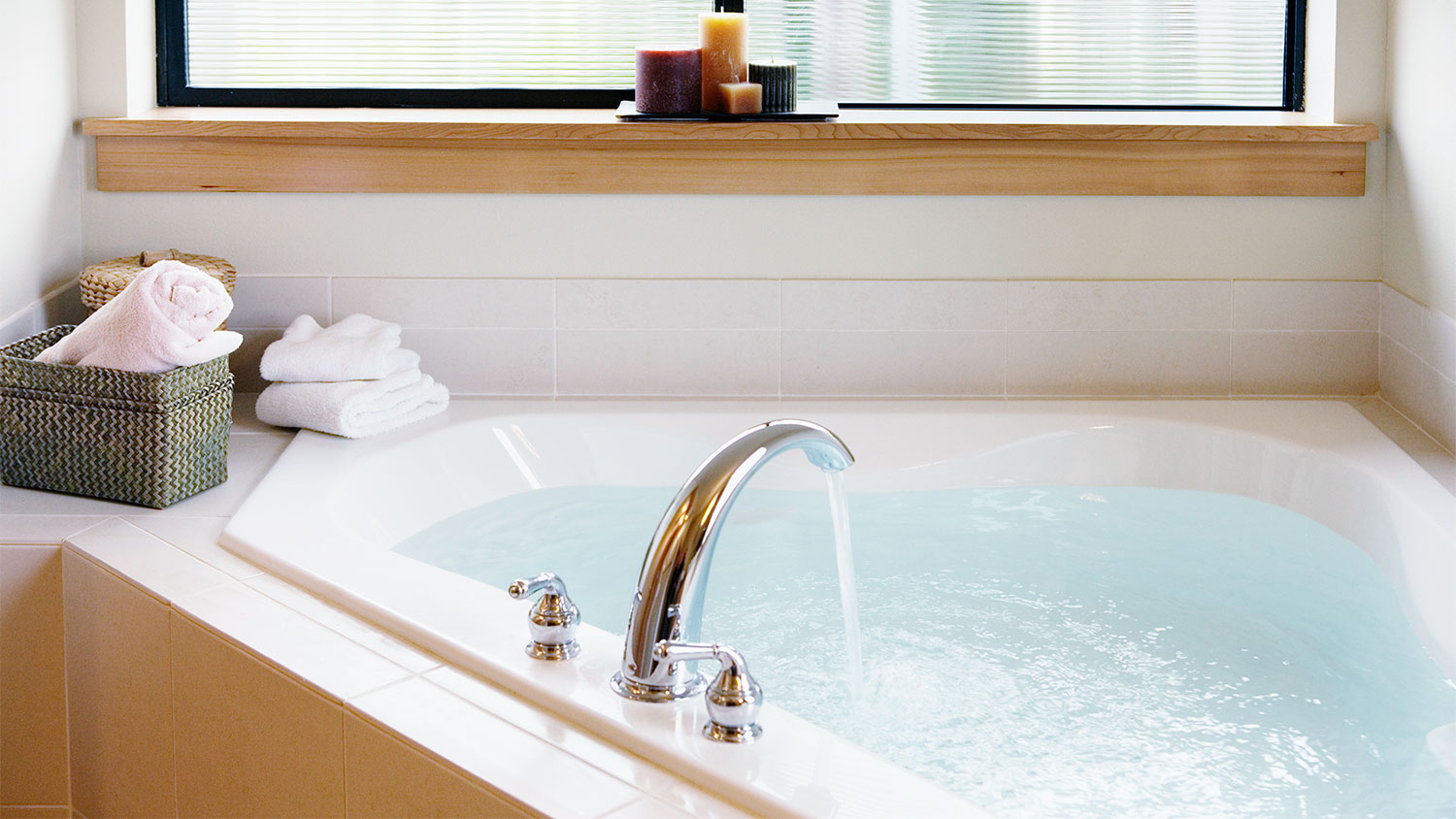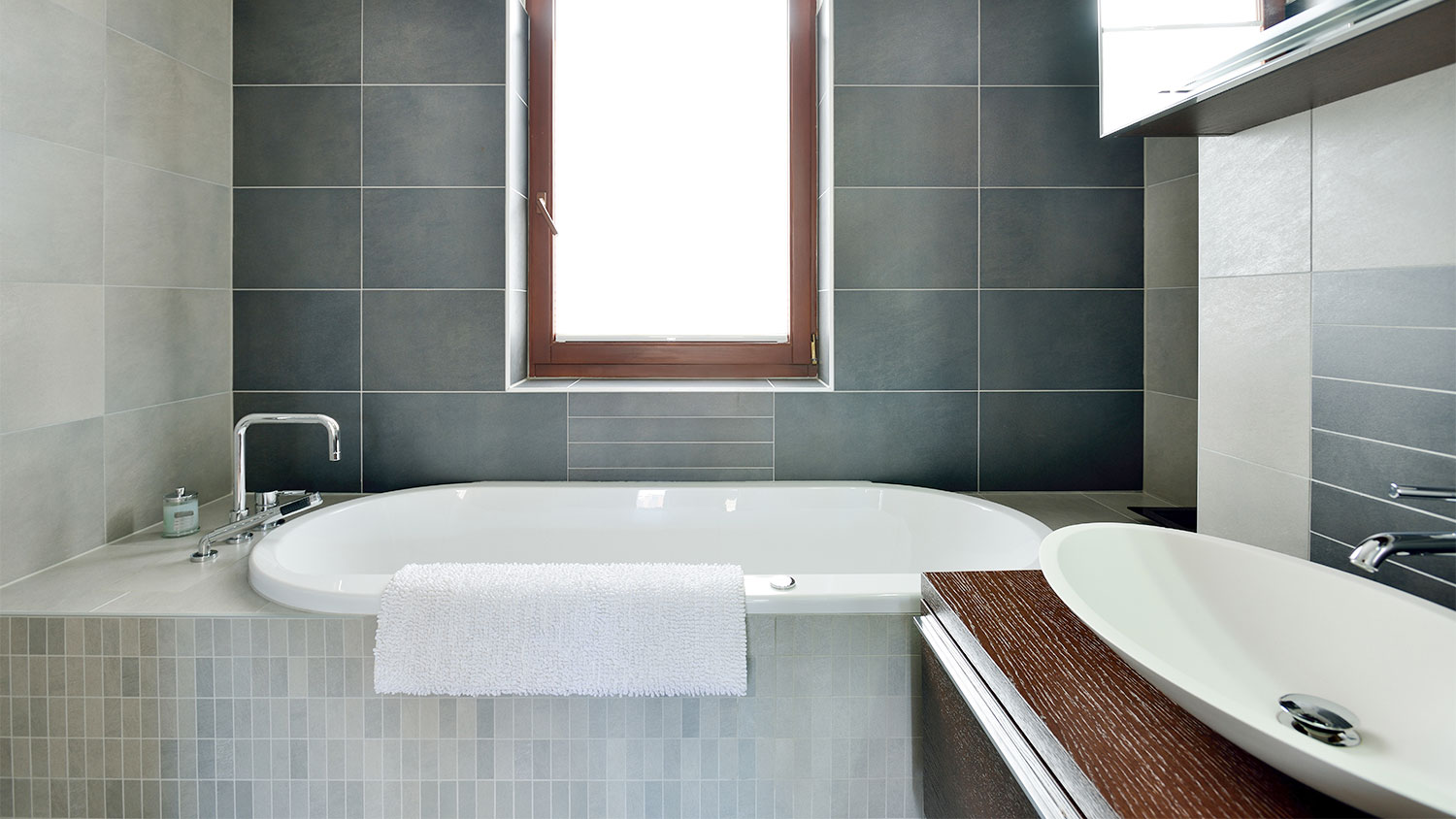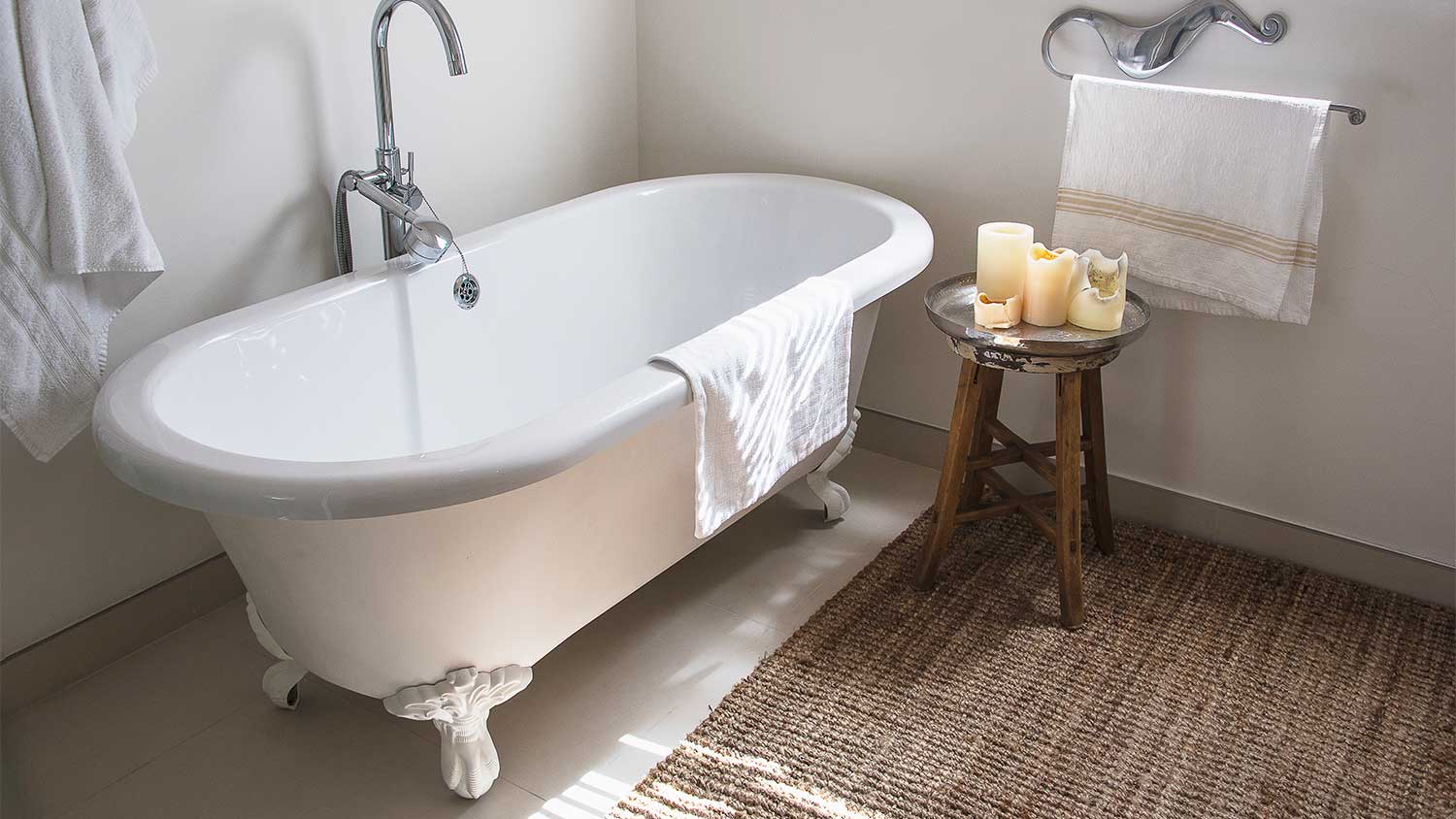
Do you want to add a mudroom to your home but are unsure if it’s within your budget? Use this mudroom addition cost guide to determine your installation price range.
Make your historic home the envy of the neighborhood


Historic homes have special considerations for restoration or renovation.
Keeping period-accurate features requires specialized experts and materials, and may be more costly.
You may need approval to make changes to a historic home.
Historic homes may need modern updates to keep up with modern life.
Historic homes are often highly coveted properties for history buffs and DIYers alike, due to their many charming features and glimpses of bygone eras. If you’re lucky enough to be able to snatch one of these homes up when it hits the market, you may need to renovate or restore your historic home to bring it back to its former glory. Armed with the right team of professionals and a clear plan of what to expect from the process, your historic home renovation can result in the house of your dreams.

If we want to get technical, a historic home counts as any structure preserved by the National Registry of Historic Places. Criteria include architecture that showcases a specific time period, homes that housed historic figures, or events that occurred inside your walls that made an impact on your area's past.
But if your home has yet to be nominated, or simply didn't quite make the registry, it doesn't mean you don't live in a historic home that needs the same special care. Historic homes simply preserve an architectural moment in time, whether that’s early Colonial America or the Frank Lloyd Wright Era of the 20th Century.
In every case, you'll have to decide if you plan to restore or renovate your home. Restoring refers to returning the home to its original glory, stained glass and all. Renovating refers to bringing the home into the 21st Century—but in this case, without threatening its beauty or breaking any preservation laws.
Maybe you’ve dreamed about owning a Queen Anne-, Art Deco-, or Prairie-style home and finally have the opportunity to do so. Chances are, that home is going to need some renovation or restoration work. Before you sign on the dotted line, take a few minutes to consider the benefits and drawbacks of buying and restoring a historic home.
| Pros | Cons |
|---|---|
| Adds charm and character | May require structural changes |
| Preserves the history of the house and town | Can be expensive |
| May increase your property value | Finding specialized pros may be difficult |
| You could be eligible for tax credits | Longer timeline than traditional home renovation |
Many people use the terms 'remodel' and 'renovation' interchangeably, but they're actually different types of projects. A remodel is larger than a renovation and changes an existing space's structure, design, or functionality. A renovation is more cosmetic. You can think of it like this—a renovation makes something old look and feel new, while a remodel makes something new out of something old.

At first glance, there's nothing more enviable than laying claim to the historic beauty on the block. But it does take an attentive homeowner to ensure decades-old homes meet today's safety and environmental standards. Here are the top challenges to keep in mind so you can get ahead of them.
Always budget for unexpected costs far beyond the signing price of a historic building. The cost to restore or renovate a classic home traditionally runs higher than a modern structure. Contributing costs include:
Hiring licensed experts with historic home experience
Repairs to plumbing, electrics, and structural elements
Specialty permits
Architect costs for significant renovations or additions
Unique renovations take more time, resulting in higher fees
Some historic homes will qualify for tax incentives and grants when you do a restoration or renovation, which would help lower the project's cost. Most of these benefits are available through the federal government, such as the Internal Revenue Service's (IRS) rehabilitation credit, which lets qualifying homeowners claim a tax credit of up to 20%. However, you should also check with your specific state and municipality to see if any local incentives exist.
Even if past owners updated faucets and basic pipework in your home, major plumbing elements like your water main line might still be from the early 20th Century. The older the plumbing in your home, the more likely you'll find issues with tree roots, cracked pipes, and old plumbing materials like clay.
Homes built before the 1950s may include wood lath and plaster or calcimine walls. Homeowners often consider replacing these with traditional drywall, but it's vital to ensure that the change doesn't threaten the house’s stability. If you do make the switch, be sure to have a specialist on hand with experience working with plaster structures.
Schedule a home energy audit to check out the current insulation set up in your home. Some historic homes came with thick enough walls for basic protection against extreme temperatures, but you're unlikely to find up-to-date insulation materials unless the past owners added them.
The cost to fully rewire a home ranges from $6,000 to $25,000, depending on its size, age, and the current system. Knob-and-tube wiring, for example, was the standard choice in the early days of home electricity itself. While the systems can hold up over time, they often break down over 100 years and may have been poorly altered by past electricians.
You'll most likely trigger a full committee meeting if you plan to alter the front of your historic home. Changing the paint color of a historic home or the siding, porch, or even the windows can sacrifice time-specific features.
It's worth noting here that adding an addition to your historic home may prove trickier than usual as well. Most historic committees require the addition on the back of the home. If you can see it from the street, it must match the style of the rest of the house.
Not all historic homes come equipped to handle over 100 years of water pressure. Shifting foundations, leaking pipes, and increased flooding can all lead to water damage issues. Expect to pay between $3.75 to $7 per square foot to repair water damage or related problems like mold and mildew.
Letting go of original wood flooring can be a tough decision. When rot, mold, or—dare we say it—pests come into play, it's time to look into flooring replacements.
Speak with a flooring specialist who has experience in homes from your era. You may be able to replace individual floorboards causing major slants or issues without gutting the whole room.
Italianate, Victorian, or Colonial historic homes offer a look into the past and the work of architects you're unlikely to see again. Most importantly, always work with licensed, certified, and insured contractors that not only guide the project, but also treat your vintage home with personalized care.
If your local historical commission deems your home as historic or if you live in a historic district with specific regulations, always begin by working with this team one on one. Yes, there will be more hurdles to leap over, occasionally including committee hearings, but this group often holds crucial information to guide your renovations. They may be able to suggest specific professionals who are familiar with–and have experience with–your home’s style.
Historical committees can help you determine if street-facing alterations will threaten the validity of its original features. They can also determine if structure repairs, such as adding drywall, will shorten the home's lifespan. In other words, it's helpful to have these experts on your side during the process.
Renovating a historic home can involve a lot of specialized knowledge, from materials to techniques to bringing original features up to meet modern codes. A local home renovation pro who specializes in historic homes can help make the process smoother and ensure the job is done right.
If you’re more of a DIYer, you may need to conduct more extensive research to ensure you’re on the right track with your renovations. If you’re a handy homeowner, you could save a lot on renovation costs–as long as you know what you’re doing. Cost savings from DIY renovations can quickly be eaten up if the project proves more complex than you initially expected. A pro will be able to anticipate possible roadblocks and adapt if your historic home holds some hidden surprises you don’t discover until renovations are underway.
From average costs to expert advice, get all the answers you need to get your job done.

Do you want to add a mudroom to your home but are unsure if it’s within your budget? Use this mudroom addition cost guide to determine your installation price range.

Remodeling your bathroom can add significant value to your home. Your bathroom remodel cost will depend on size, fixtures, materials, labor, and other factors.

Building a guest house is one of the largest home projects and involves several different professionals. Learn about the cost to build a guest house and where you can save.

An updated bathtub can give a bathroom a whole new look. Find out how much it costs to replace a bathtub in Charlotte, NC, including prices by type and labor costs.

An updated bathtub can give a bathroom a whole new look. Find out how much it costs to replace a bathtub in Boston, MA, including prices by type and labor costs.

An updated bathtub can give a bathroom a whole new look. Find out how much it costs to replace a bathtub in Seattle, WA, including prices by type and labor costs.